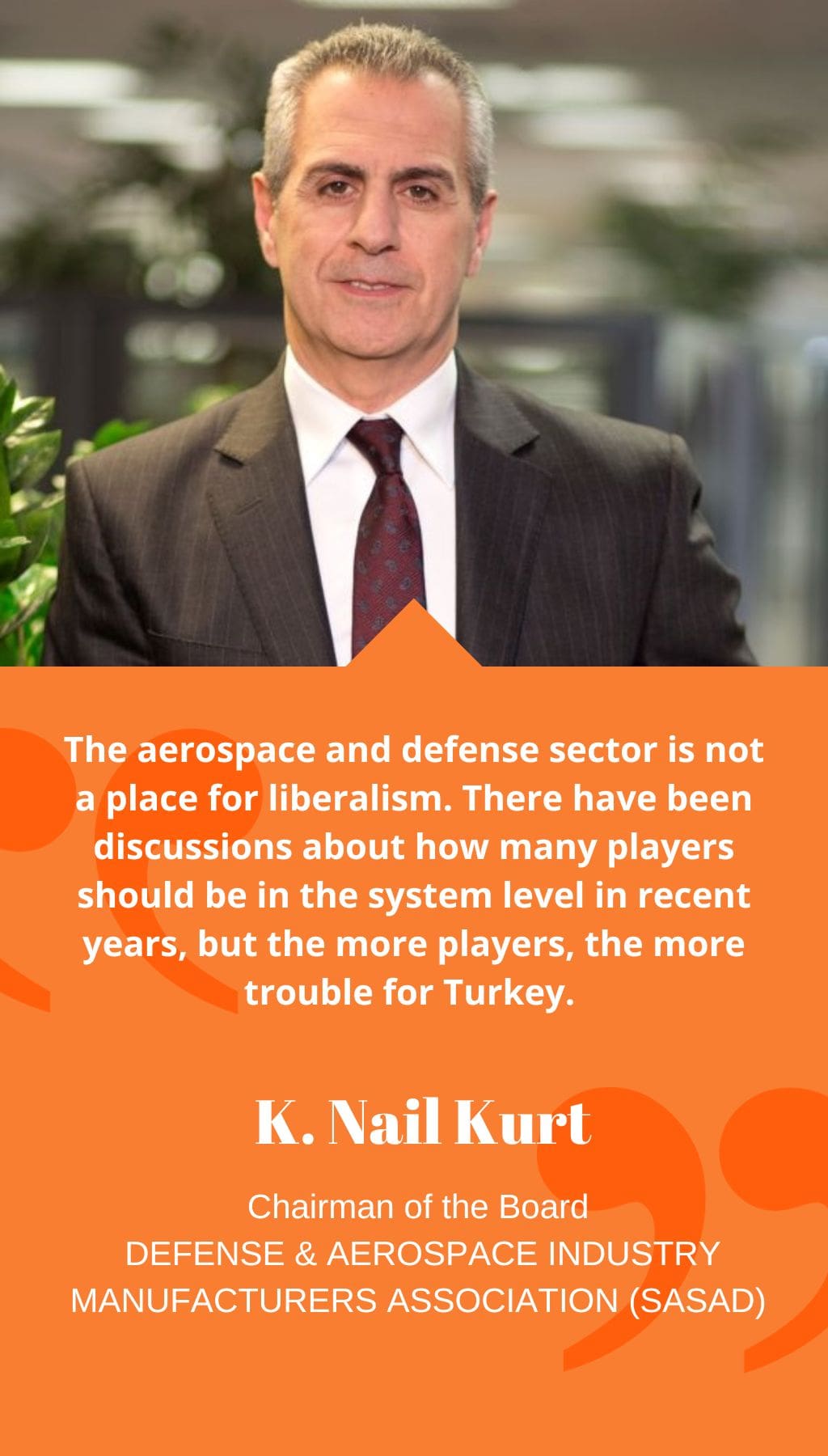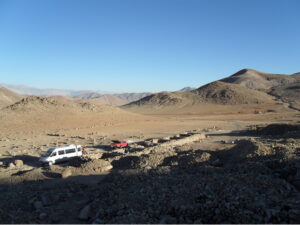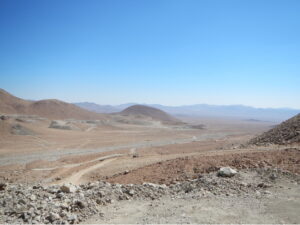
- Turkey | 28 February 2017

Can you give us a brief history of SaSaD and explain its current role in the defense and aerospace industry in Turkey?
SaSaD was founded in 1990 as a Ministry of National Defense directive to represent the Turkish defense industry. In 2012, Turkish manufacturers in civil aviation and space industry joined SaSaD, making it the primary association to represent the defense, aerospace, space, and security sectors in Turkey with 157 member companies. The mission of SaSaD is to support and represent the industry by assisting partnerships with the government, advocating for beneficial regulations, identifying market opportunities, gathering performance statistics, and organizing promotional events.
SaSaD provides a great overview of the defense manufacturing industry up until 2010. Can you provide any statistics and trends for industry growth in the past five years?
The defense sector outlook is strong, with increasing exports that reached $1.85 billion in 2014 compared to $835 million in 2010. However, there is a minor discrepancy in export numbers when compared to government data, which does not include services. The industry’s turnover increased from $4.1 billion in 2010 to $5.1 billion, and equity-backed R&D spending more than doubled from $143 million to $350 million in 2014. The government undertook the most significant portion of R&D spending, which fluctuated annually but remained stable within the industry. The aeronautics and space and electronics sectors were the main growth drivers, with $1.2 billion and $1.4 billion, respectively, in total industry turnover in 2014. The projected compounded annual growth rate for the next ten years is 4% to 5%, while the previous five years’ rate was 5.5%.
Technical requirements for defense and aerospace products are often extensive, requiring skilled personnel for manufacturing. How successful are aerospace companies in hiring qualified personnel?
The acquisition of skilled personnel is the most crucial issue for the aerospace industry. The industry has invested significantly in the last 15 years in developing high-quality personnel, particularly in design engineering skills. The Undersecretariat for Defense Industries (SSM) supports special programs to encourage university education related to the defense industry and orientation for new employees in the sector. The government started applying education policies to meet industry requirements when universities faced resource shortages. Although substantial progress has been made, the human resources issue has not been completely solved. No one was considering how to educate people in the defense industry ten years ago, but now that there is high demand and more resources, current efforts need improvement, but they are on the right track.
Several significant aerospace projects are being developed, and there are ambitious plans to expand the industry by 2023. What is your outlook for the industry in the next three to five years?
I believe there should be more government control in the industry. The aerospace and defense sector is not a place for liberalism. There have been discussions about how many players should be in the system level in recent years, but the more players, the more trouble for Turkey. The current strategy should be strictly followed, and there is a good enough environment for smaller industries. The weakest part of Turkish OEMs compared to Western OEMs is in critical technology areas where there must be tier-one suppliers as systems providers to OEMs. This will take time and will not be easy, but if the industry can identify those areas and invest in them carefully, it will elevate the capabilities and strength of the defense and aerospace industry to the next level.














